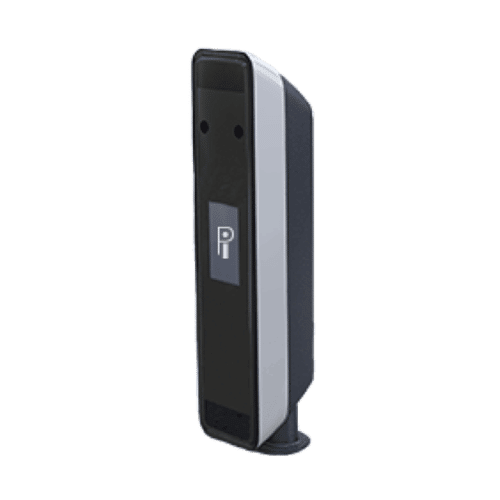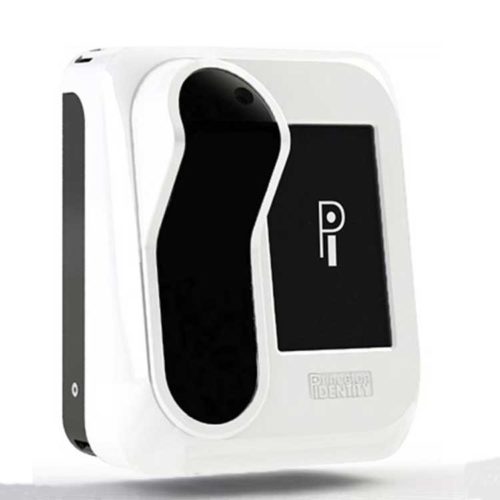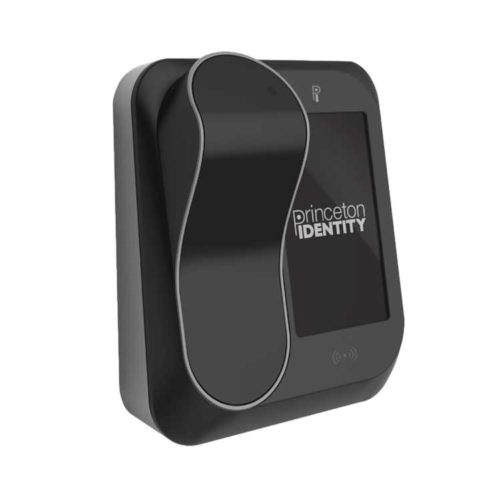Open Supervised Device Protocol (OSDP) is an access control communications standard developed by the Security Industry Association (SIA) to improve interoperability among access control and security products. The OSDP protocol works across various types of smart card readers, controllers, and software, and has been developed as a way to improve on issues of security that are often faced with other legacy systems.
The development of the OSDP protocol is aimed to help implement, monitor and maintain a more stable and secure system of access control devices, which includes the use of advanced smart card technology applications and biometrics.
OSDP use AES-128 encryption and constantly monitors wiring, this protocol keeps an eye on all points within the system, to make sure that it protects against all threats. Other advanced functionality features include advanced user interfaces, with welcome messages and text prompts, and the use of 2 wires instead of 12+. The use of two wires, in this case, allows for multi-drop installation, supervised connections and scalability.
OSDP improves interoperability between access control and security devices, through bi-directional communication. To retain its focus on security, it is constantly refined, with OSDP v2.1.7 currently gaining recognition as a standard by the American National Standards Institute (ANSI).
OSDP was approved as an international standard by the International Electrotechnical Commission in May 2020 and has been published as IEC 60839-11-5.
SIA OSDP v2.2, which is based on the IEC 60839-11-5 standard, was released in December 2020. SIA OSDP is in constant refinement to retain its industry-leading position.
Leading manufacturers such as Cypress, HID Global and Mercury – and recommends specifying OSDP for any access control installations that require real security and/or will be used in government and other higher-security settings. SIA OSDP is particularly valuable for government applications because it meets federal access control requirements like PKI for FICAM.
BENEFITS OF OSDP
Higher Security
- OSDP is more secure than the most common access control communications protocol.
- OSDP Secure Channel supports high-end AES-128 encryption (required in federal government applications).
- OSDP constantly monitors wiring to protect against attack threats.
Advanced Functionality
- OSDP supports advance smartcard technology applications, including PKI/FICAM and biometrics.
- OSDP supports bi-directional communications among devices.
- OSDP supports advanced user interface, including welcome messages and text prompts.
- OSDP’s use of 2 wires instead of 12+ allows for multi-drop installation, supervised connections to indicate reader malfunctions, and scalability to connect more field devices.
Ease of Use
- Audio-visual user feedback mechanisms provide a rich, user-centric access control environment.
- Guesswork is eliminated since encryption and authentication are predefined.
- Low cost of implementation on an embedded device.
More Interoperability
- Using OSDP enables communication among different manufacturers’ devices and solutions.
- The standard applies to peripheral devices such as card readers and other devices at secured access doors/gates and their control panels.
- SIA promotes the standard at regular “plugfests” among manufacturers and at SIA InteropFest– an annual interoperability event held at the ISC West trade show.
- The OSDP specification is currently recommended when TCP/IP, USB or other common protocols do not lend themselves to the application.
- The OSDP specification is extensible to IP environments and the OSDP Working Group is working on deploying OSDP over IP soon.
Difference between OSDP and Wiegand
In contrast to a Wiegand reader which is essentially a basic one-way communication device, an OSDP reader is a “smart” device that can both communicate to the controller and receive communication from the controller. Not only does the OSDP reader send card data to the controller, but the controller can also communicate with the reader to monitor the state of the OSDP reader and to detect if the reader wiring has been tampered with. Furthermore, OSDP version 2 is able to communicate with the controller securely using AES 128-bit encryption eliminating the possibility of an attacker “sniffing” card data while it is being sent to the controller.
Differences:
| Features | Wiegand | OSDP |
|---|---|---|
| Communication type | Analog / Unidirectional
(reader-to-controller) |
Digital / Bidirectional |
| Communication security | None | AES 128-bit encrytpion |
| Controller-monitored status health | None | Yes |
| Direct support of biometric devices | None | Yes |
| Direct support of audio/visual user feedback | None | Yes |
Related Products
Related Articles
Iris ID Integrates with LEAF Access Cards and DESFire EV2 Increasing Interoperability for End Users
Cranbury, N.J. USA – Sept. 5, 2019 – Iris ID, a leading global provider of iris recognition technology, today announced its IrisAcess® biometric platform now integrates with LEAF access cards (smart cards) containing MiFare DESFire EV1 and EV2 technologies. Iris ID
Symantec Introduces the Industry’s Most Comprehensive Cloud Access Security Solution
07/16/2019 - MOUNTAIN VIEW, Calif.--(BUSINESS WIRE)-- Symantec Corp., the world’s leading cyber security company, today announced its new cloud access security solution to help secure cloud and internet access and use in an enterprise environment. These enhancements and integrations across
Iris ID and Telaeris Partner on Mobile Identity Authentication Solution
Cranbury, N.J. – June 12, 2019 – Iris ID, a leading global provider of iris recognition technology, today announced its award-winning multimode iCAM M300 handheld biometric platform now offers gateless access control, time and attendance and employee mustering for both
Crossmatch Fingerprint Reader Provides Biometric Security for ThinkPad T490 Healthcare Edition
PALM BEACH GARDENS, Fla.--Feb 12, 2019--CrossMatch®, part of HID Global, today announced its fingerprint reading technology is enabling secure identity management on the newly revealed Lenovo ThinkPad T490 Healthcare Edition. Crossmatch’s fingerprint readers protect patient information with FIPS-201 (Federal Information
Genetec Receives CSPN Certification from the French Agence Nationale de la Sécurité des Systèmes d’Information
PARIS, October 16th 2018—Genetec Inc. (“Genetec”), a leading technology provider of unified security, public safety, operations, and business intelligence solutions, today announced that Genetec Security Center Synergis™, its IP-based access control system, has received the highest level (Niveau de sureté
OSPT Alliance Membership Nears 100 As It Increases Influence On Mobility Services
17 September 2018 - OSPT Alliance, a global community that enables the future of mobility services across a variety of markets including transport, ticketing, access control and micro-payment, is close to attracting 100-member companies and organisations following a highly successful first




